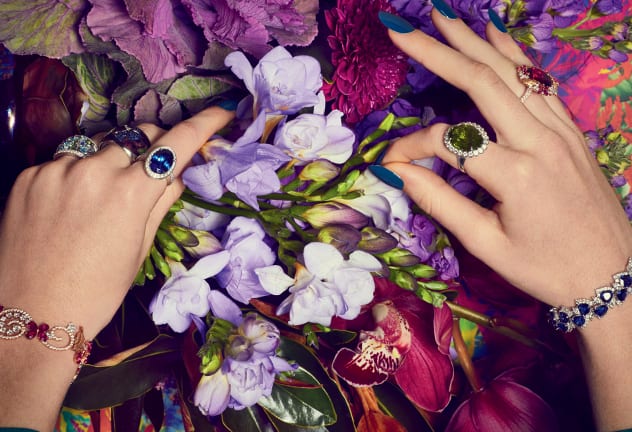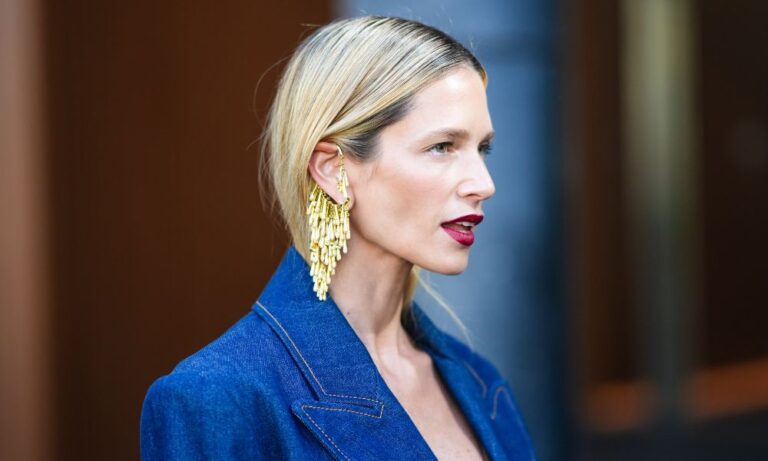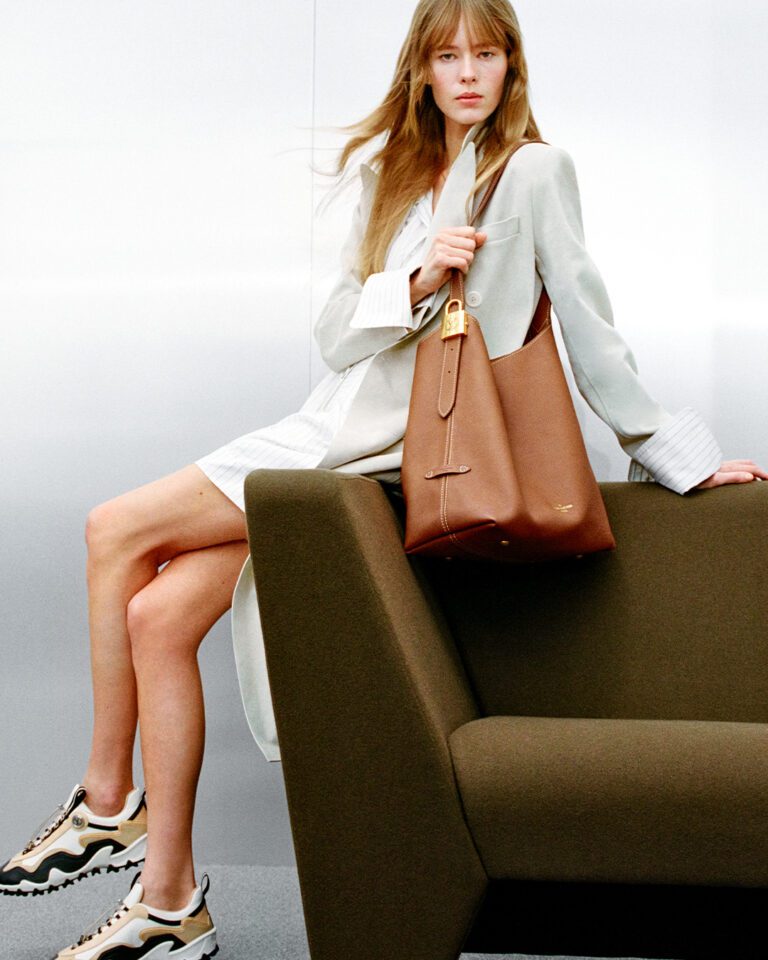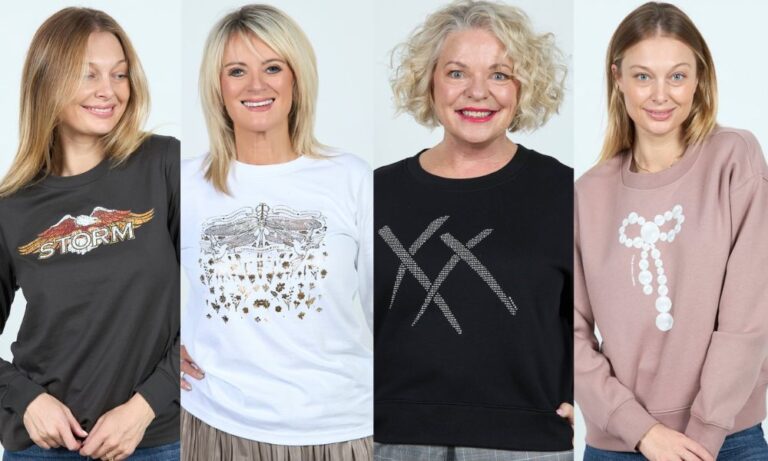With the impact that our love of fast fashion has on the planet under more scrutiny than ever, investing in ethical jewellery that’s designed to last is touted as one answer. Jewellery passed down from generation to generation is nothing new. Sarah Hutchings, the director of Orsini Fine Jewellery, often sees clients looking to replace heirloom jewellery that has been lost or stolen. “It’s heartbreaking because these special pieces have significance or a memory attached to them.” She admits that replacing heirloom jewellery is often difficult because it can be impossible to recreate pieces.
Heirloom jewellery to treasure
However, it is possible to invest in high-quality jewellery that has been designed to stand the test of time. Hutchings, who specialises in diamonds and handcrafted Italian jewellery, says she will often recommend using 18-carat gold because the alloy mix is predominantly gold and will last for years if well cared for. Armed with the right expert advice, investing in a piece of jewellery that can be passed down through generations is the easy part. As Hutchings points out, we’re more conscious of the impact that our purchasing choices have on the planet.
“Jewellery consumers have been told many stories about their most treasured pieces. The history of a piece can add romance and character to a purchase or gift,” she says. “As a result, human rights and environmental issues related to the gem and jewellery industry supply chain are gaining attention.” Unregulated mines wreak havoc on the environment; forced labour and child labour are still rife in diamond and gemstone-rich regions such as Africa and India. The sustainable and ethical efforts companies make are undoubtedly playing a role in how we spend our money.
Responsible sourcing
Hutchings has noticed a shift; she says many clients ask about ethical jewellery and the responsible sourcing of diamonds and gemstones. Hutchings favours diamonds that are sourced with credible laboratories that use certified laser inscribing on the girdle (the thin perimeter) of the stone, such as GIA or HRD. Many of the brands Hutchings stocks – including Gucci and Pomellato – are members of the Responsible Jewellery Council. “One hundred per cent of the gold and diamonds in their products are conflict-free,” she explains. The industry has and continues to put regulatory systems in place to make supply chains more transparent – such as the Kimberley Process, a United Nations initiative dedicated to reducing the flow of conflict diamonds.
But investing in an ethically, sustainably sourced natural gemstone or diamond isn’t straightforward. Challenging retailers about where they source their diamonds and gemstones is crucial, says Hutchings. Currently, she explains, it’s highly unlikely you will know exactly where your diamond originated from if it has been certified by a big laboratory. But that could be set to change: diamond giant De Beers recently unveiled blockchain technology to trace gems every time they change hands. The asset–tracking platform, Tracr, is a highly secure digital register with the ability to create a tamper-proof, permanent record of all diamonds.
From the lab
Alternatively laboratory-grown diamonds and gemstones seem the obvious solution for those wanting to invest in 100 per cent ethical, sustainable and traceable jewellery. Hutchings says while they are environmentally friendlier, they still have a stigma.
“I have stunning pink and orange synthetic sapphires and a number of synthetic rubies currently in store, and I tell my clients that they are laboratory-made,” she says. Despite explaining they are environmentally friendly and more affordable, she says the clients’ reaction often reveals the allure has gone. “You do not have to dig up the earth to find them, but they are still deemed as being artificial by some.”
Sustainable solutions
London-based Kiwi jewellery maker Ella Drake, of Monarc Jewellery, who has made the decision to turn her back on mined diamonds entirely to focus on ethical jewellery, thinks the perception is starting to change.
“The thought of ‘sustainability’ is beginning to permeate every facet of how we consume, produce and live,” she says. As a result, she believes all jewellers in the modern market, as experts in their field, have a responsibility to present customers with an array of more ethical and sustainable choices.
“Mined gemstones and diamonds, in particular, carry with them considerable hidden costs. These are in the form of human suffering and exploitation of human rights or the environment,” she explains.
For her Monarc Jewellery creations, Drake uses sustainably minded, lab-grown diamonds with a zero-carbon footprint. “They come directly from a foundry located in San Francisco, where a team recreates the environment in which nature forms diamonds using solar power,” she explains. In fact, Blood Diamond star Leonard DiCaprio was so impressed by San Francisco-based The Diamond Foundry that he’s now both a fan and an investor.
So can a synthetic diamond really pass for the real deal?
“A lab can only recreate the conditions that a diamond is naturally formed in,” says Drake. “But it will still grow as uniquely as one from the earth and with all of the same characteristics, like clarity, colour and carat size.” Each diamond is graded by GIA gemologists just like natural diamonds are and buyers receive a diamond certificate too. “We are not changing the product, we are simply changing the environment in which a diamond grows,” explains Drake. “Above-ground diamonds will be passed down from generation to generation with an added story of why they were chosen over earth-mined diamonds. It brings sustainability and transparency to luxury and heartfelt jewellery that typically signifies some of the important moments of people’s lives.”







